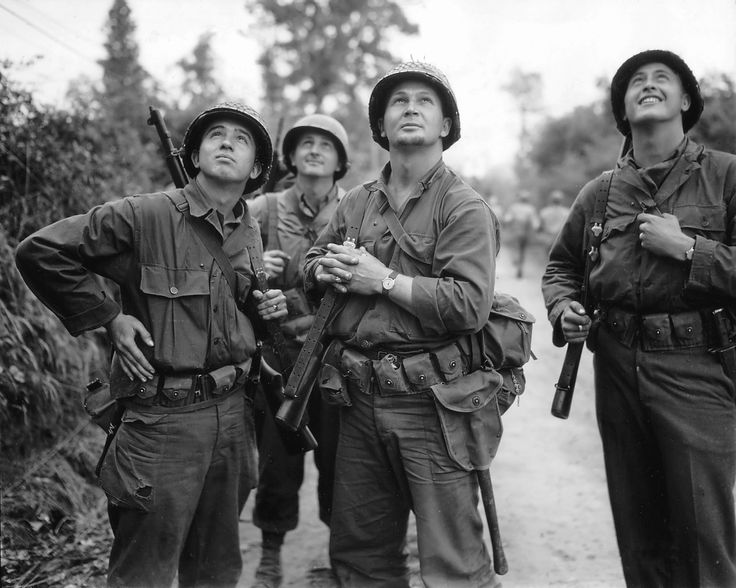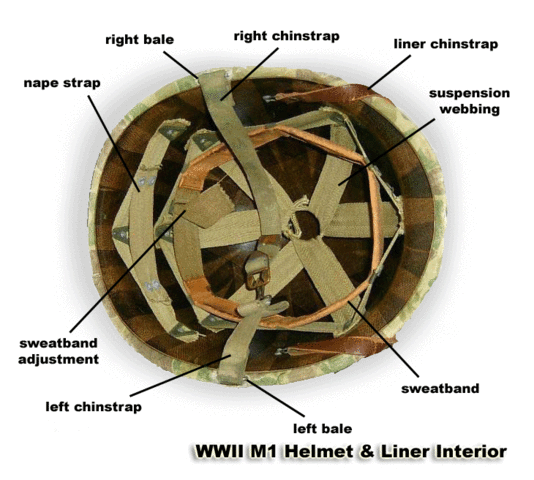(Note: links go to realistically portrayed scenes of WW2 combat.)
I am watching Youtube clips of WW2 miniseries, like The Pacific and Band of Brothers.
Based on a non-scientific survey of these miniseries, it looks like US marines and soldiers buckle their chin straps in landing craft or aircraft - and unbuckle them once they hit the landing zone. Like here or here or here or here. The chin strap will either dangle photogenically, or the helmet will appear to have had its strap completely removed.
What happens when you are in a war zone with your chin strap unbuckled? You lose your helmet. Losing your helmet in a war zone is a Bad Thing. (Unless you are a lead actor and will survive for dramaturgical reasons.)
Now, the advantages of having your chin strap buckled appear obvious to me. So I'd assume they would be as obvious to US marines or soldiers - and to actors playing them. (They certainly did to my drill instructor twenty years ago, who did not want to see us with dangling straps.) So I have to assume that someone told the actors to unbuckle the chin straps.
Did WW2 marines and soldiers actually go into action with their chin straps unbuckled? If so, what was the reason? If not, were actors in these miniseries actively told to unbuckle their straps? If so, what was the reason for that?
(Incidentally, History.SE suggests that this question may already have my answer: Did the Celts really go into battle naked? Umm... not quite.)





